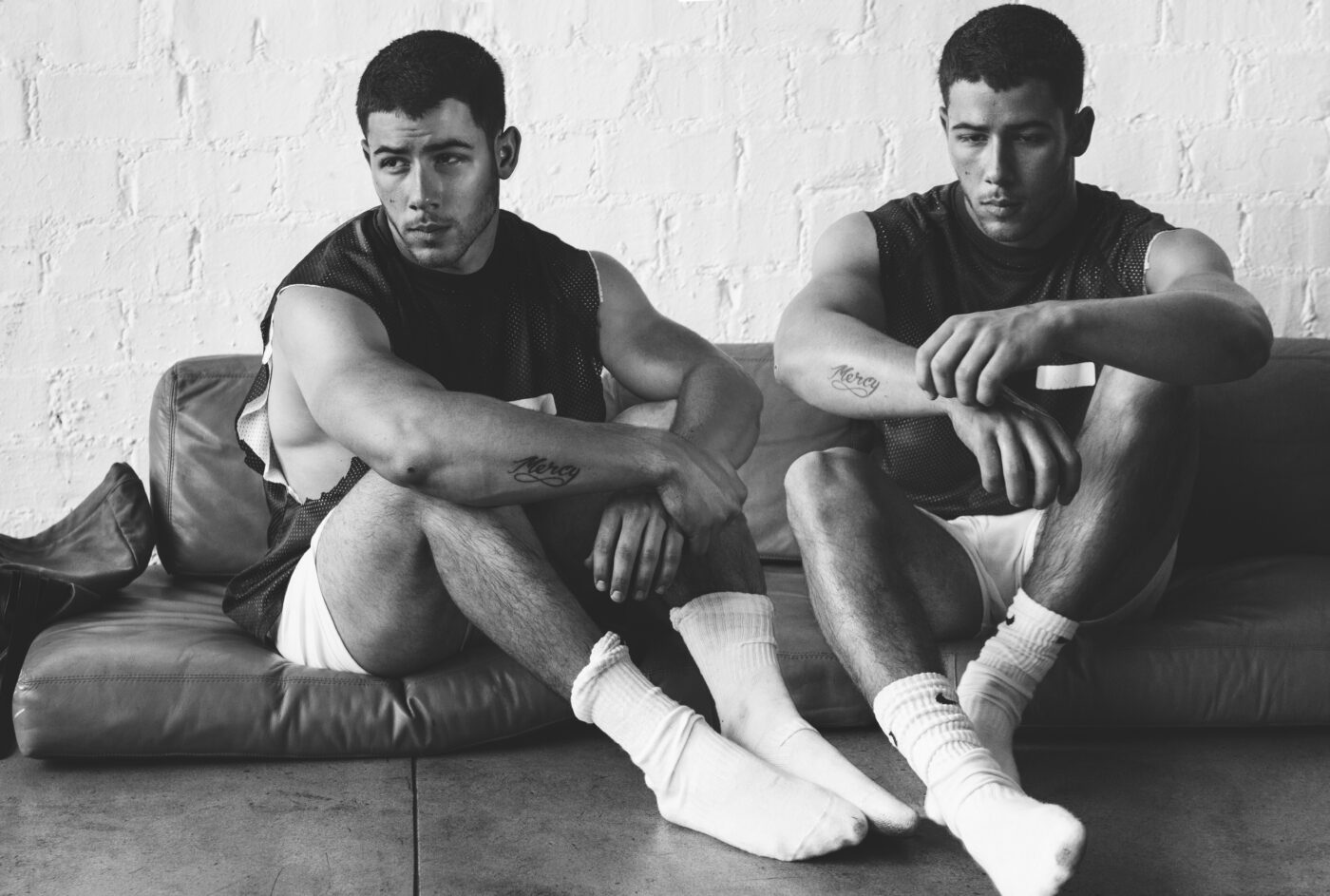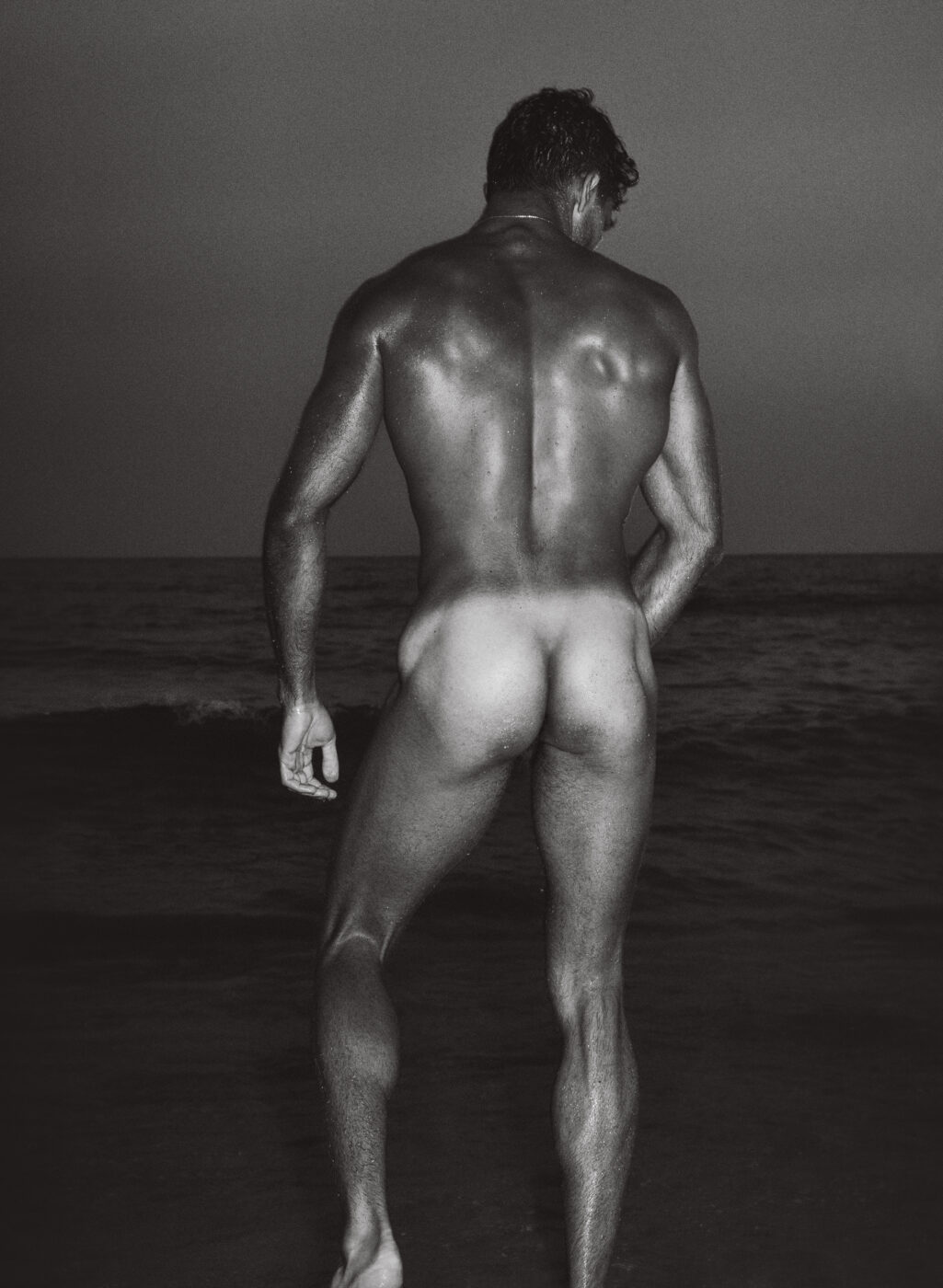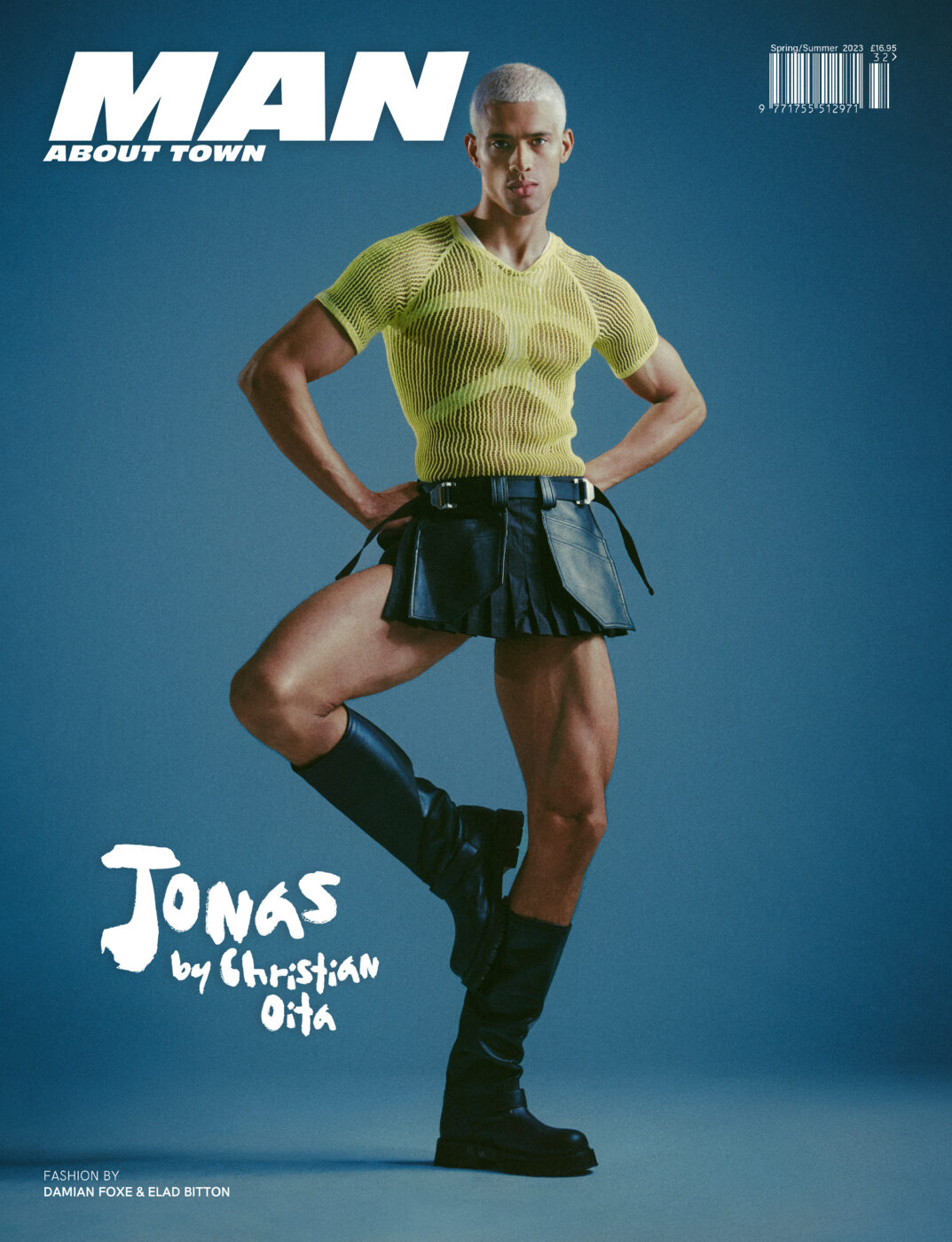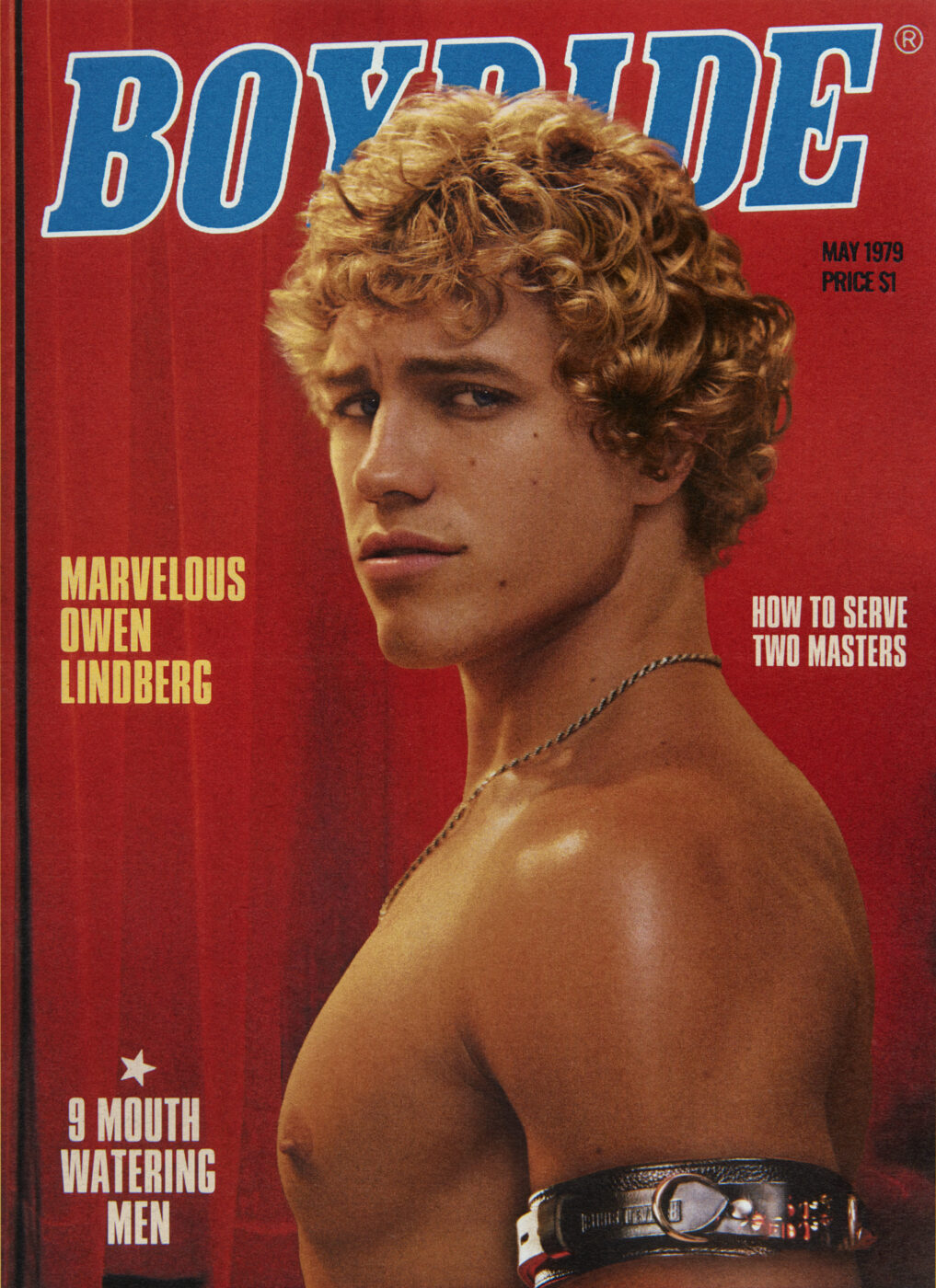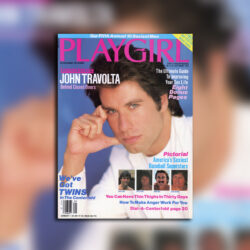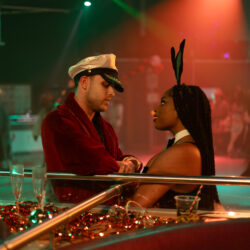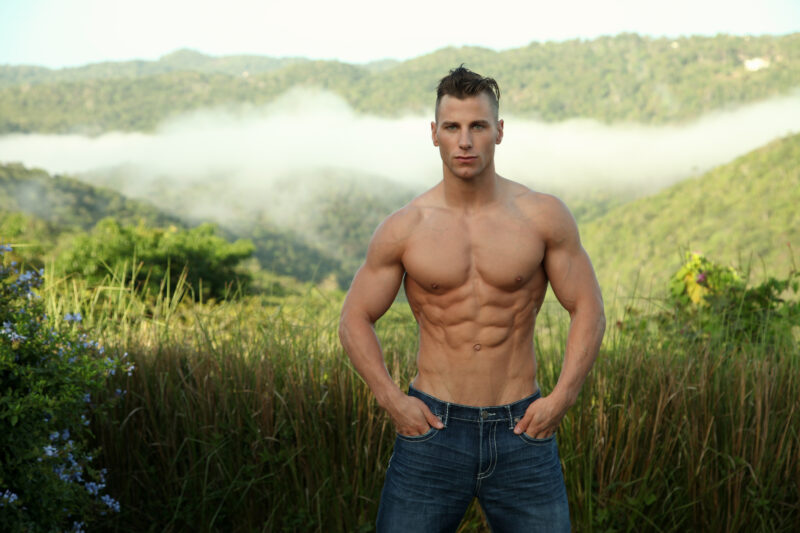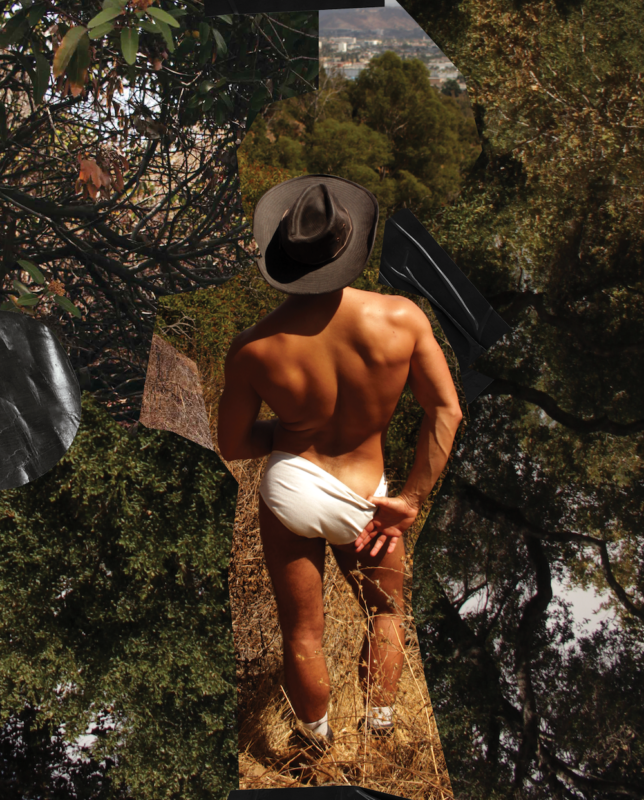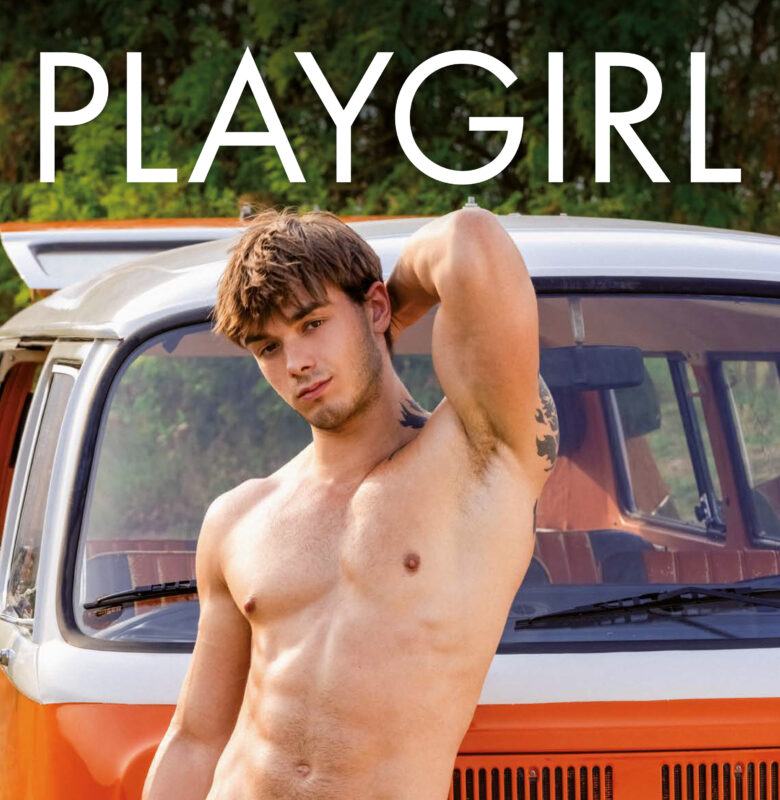We’ve seen his iconic work for Dolce & Gabbana, Moschino, Dsquared2 and on the covers of Wonderland, Man About Town, VMan, Vanity Fair (to name just a few). But who’s Christian Oita? We wanted to know more about the artist and his journey.
How did you get started with photography and why?
My photography entry came through working as a writer at a local newspaper. At the time, the shift from analog to digital photography made semi-professional photo equipment very affordable. So, news organizations started buying a bunch of digital cameras and tasking local journalists with taking photos for their articles. Whereas before, those assignments would have been given to the publication’s staff photographers or professional freelancers.
You’ve worked with the biggest names in fashion and in publishing. Throughout, you’ve dedicated particular attention to the male form and have given us some of the most iconic, erotically charged images of the last few years. Christian Hogue in the 2XIST campaign, Michael Yerger in the DSQUARED2 campaigns… What attracts you to the male form, and what do you aim to capture on film?
From the very beginning, when I first started taking photos, I was being told that my images of men stood out, so I eventually leaned into it, I guess. My introduction to the fashion world didn’t come naturally to me. Growing up, fashion wasn’t one of my main interests or sources of inspiration. I have since developed a huge admiration for many designers and stylists that I’ve had the privilege of working with and was able to learn from. At the same time, I became an eager student of the history of fashion just by studying the works of legendary fashion photographers. Almost all of my favorite photographers at some point ended up shooting fashion to some extent.
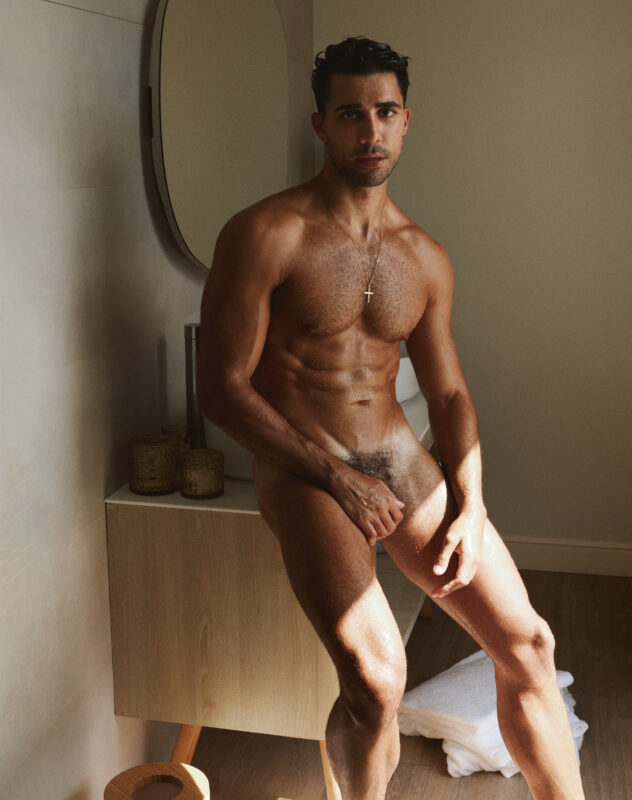
Photo: Christian Oita.
You often use bold, bright colors. Your covers for Man About Town, your swimwear campaigns for DSQUARED2 and Dolce & Gabbana come to mind. And, at the same time, you excel at B/W photography. What’s the Oita recipe?
I’m sure we all have a set of sensibilities that we can’t really shake off as creatives. But in general, I try to approach each project with a visual language that seems appropriate. If there is anything that might register as a recurring aesthetic in my photo work at all, it’s probably due to the fact that I do all of my own retouching. To this day, I haven’t published a single image that someone else edited for me, or even just touched in the slightest.
Tell us about your artistic journey and your aesthetic: are there chapters, stages or phases we can identify?
Well, my first semi-professional creative output was as a kid when I was painting somewhat successfully in Eastern Europe. I painted mainly in oil and it was mostly portraits. Pretty much all of my paintings seem trivial and very unsophisticated to me looking back. But at the time, my parents were told I was a child prodigy and a few savvy art gallerists shopped my artwork around Eastern Europe for a couple of seasons. Then I gave up painting entirely in my teens when other interests started grabbing my attention. My family had just left Romania, which at the time was a grey and monotone communist country. We moved to Germany, and it really felt like a jarring switch from monochrome to technicolor. In every sense. There were lots of shiny distractions for a teenager. I was also doing a lot of commissioned paintings at that point and that type of after-school grind basically killed any of the joy that I had felt as a kid when I was just painting for myself. So, I guess that would have been the very early first chapter. I didn’t anticipate a return to the visual arts at all after that. Instead, I was very committed to pursuing a career as a writer and journalist in Germany after finishing school. The decline of newspapers and the rise of digital photography eventually led me to this latest chapter. And to image making through a camera lens.
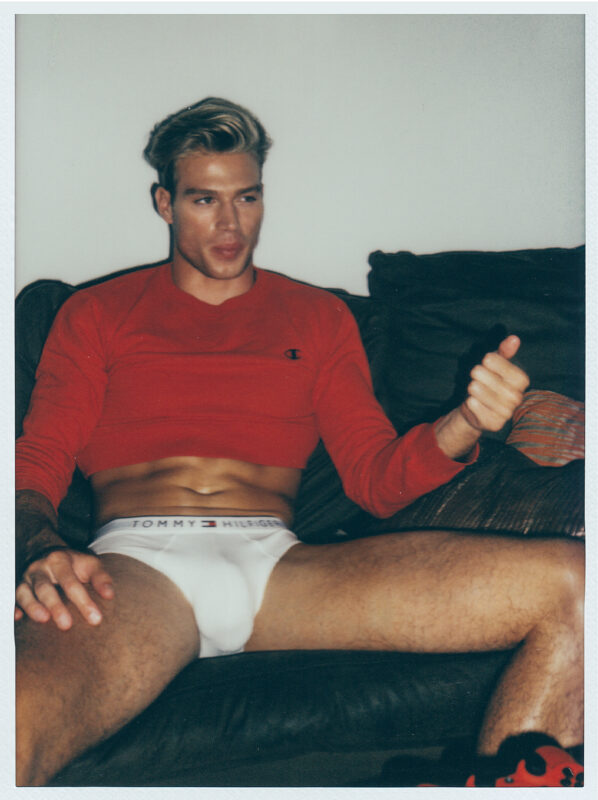
Photo: Christian Oita.
Occasionally, you’ve turned to a ‘retro’ look, particularly evident in some of your Wonderland covers. You’ve even designed mock-up covers (Boyride with Owen Lindberg). Which makes us hope we’ll see an Oita/Playgirl ‘retro’ pictorial someday.
My friend Antonio from Santa Barbara, CA, told me a few years ago that he has a love affair with nostalgia. I assume I have something similar going on. And it definitely began way before I started taking photos. The paintings I admired and copied as a kid were those of the old Dutch masters. My instinctual glance at art has always been one that’s inclined to look back. There is so much wonderful art in every field that artists who came before us have left us to marvel at. I’m talking about people whose body of work has stood the test of time. Brilliant minds who created bold, daring imagery or artworks that are still inspiring us today. Whatever it is that my contemporaries and I are doing right now, in our tiny little lifespan, just seems insignificant to me in that context. So yeah, the so-called ‘retro’ look in my own stuff is very much by design and a distinct choice. The idea of doing a retro Playgirl shoot that channels the magazine’s classic, vintage aesthetic is tempting… if I were to be given creative direction for the respective cover and story that I’m shooting.

Photo: Christian Oita.
There’s always a strong narrative component in your photography. You always tell a story with each picture of yours. Which reminds me of Bruce Weber. Much like Weber, are you also interested in filmmaking?
Films or Cinema in general have been a continuing source of fascination for me. And nowadays I’m more likely to draw inspiration from a feature film that dazzles me, than a painting or a still image. And while I’ve always been interested in filmmaking, it’s been purely from the viewpoint of a curious fan. Some hobbies need to stay just that to maintain their magic.
Who are the photographers and/or the cinematographers who have influenced you the most?
There are so many. Richard Avedon, William Eggleston, Herb Ritts, Bruce Weber, Nick Knight, Robert Mapplethorpe, Gordon Parks, Anton Corbijn, Guy Bourdin. I steal from them all the time. On the cinematographers’ side, there’s Robbie Müller, Vittorio Storaro, Darius Khondji, Roger Deakins, Henri Decae, Gordon Willis, Robert Richardson, James Wong Howe, Harris Savides, and many more.
What about the men who inspired you? Your ‘muses’, so to speak. Michael Yerger, Deano Perona and many others recur in your work. What can you tell us about some of them?
In my line of work, there’s really nothing any of us folks behind the camera can do to make up or compensate for the fact that the wrong person may have been cast or somehow ended up in front of the camera. So, the talent I’m photographing is by far the most crucial factor on every single project. Any other choice I make after that is a very distant second. I feel very lucky to have gotten the chance to work with guys like Michael and Deano repeatedly. They ooze charisma and make my work easy. But I’m eternally grateful for meeting and having been able to collaborate with all my subjects over the years really. Because without their contribution my efforts would be virtually meaningless.
A dream project you’d like to make happen someday.
I’d like to go to Rio and photograph something there soon.
- Photo: Christian Oita.
- Photo: Christian Oita.
- Photo: Christian Oita.
- Photo: Christian Oita.
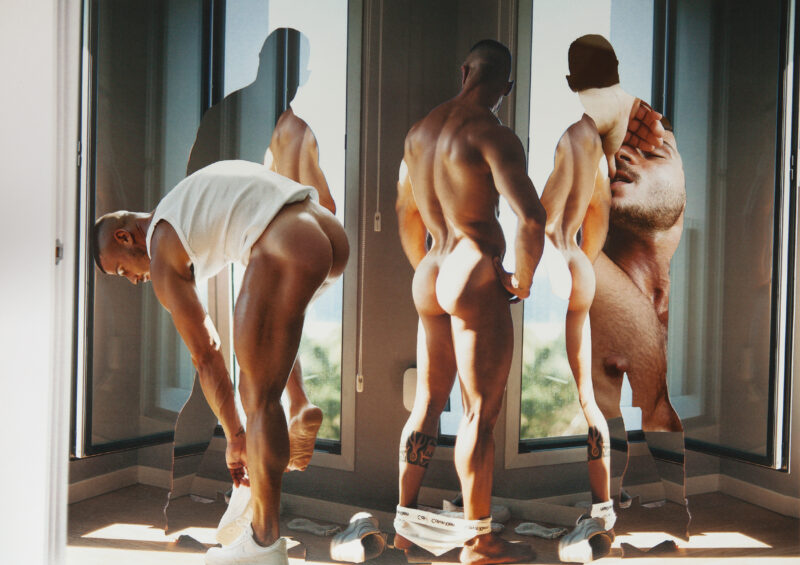
Photo: Christian Oita.
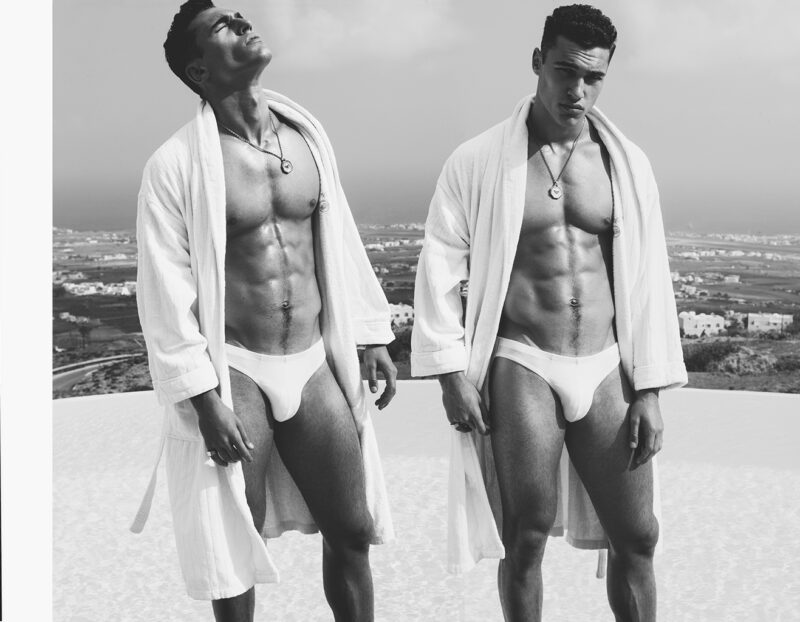
Photo: Christian Oita.
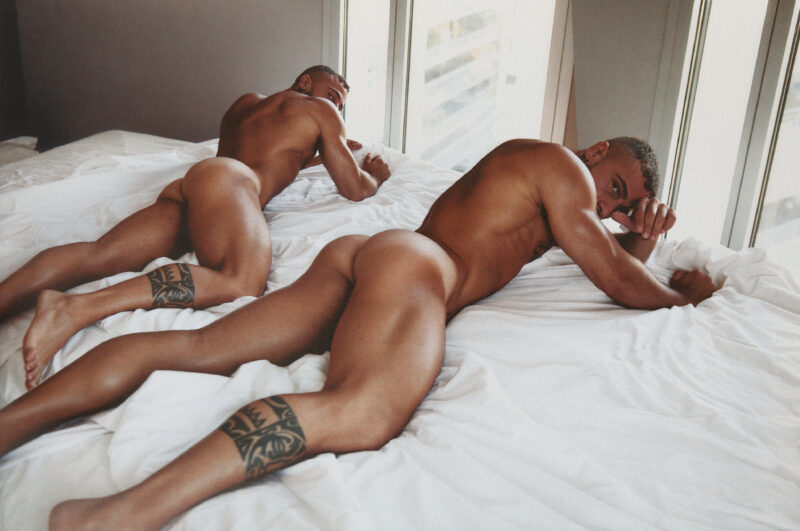
Photo: Christian Oita.

